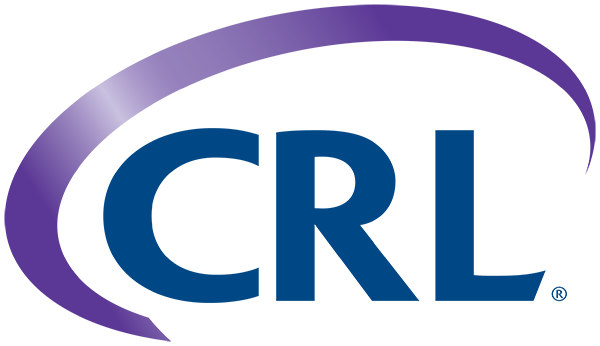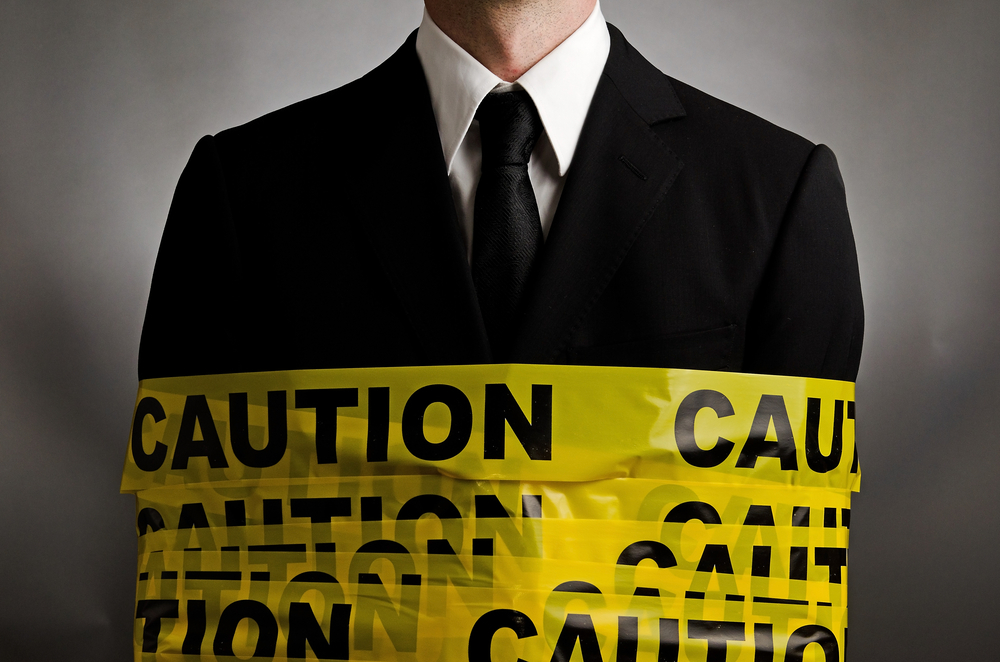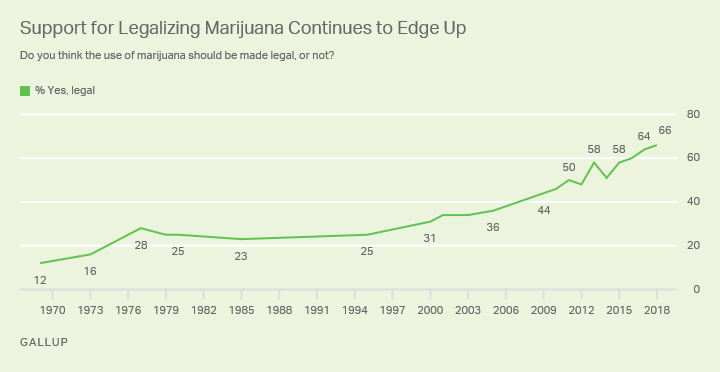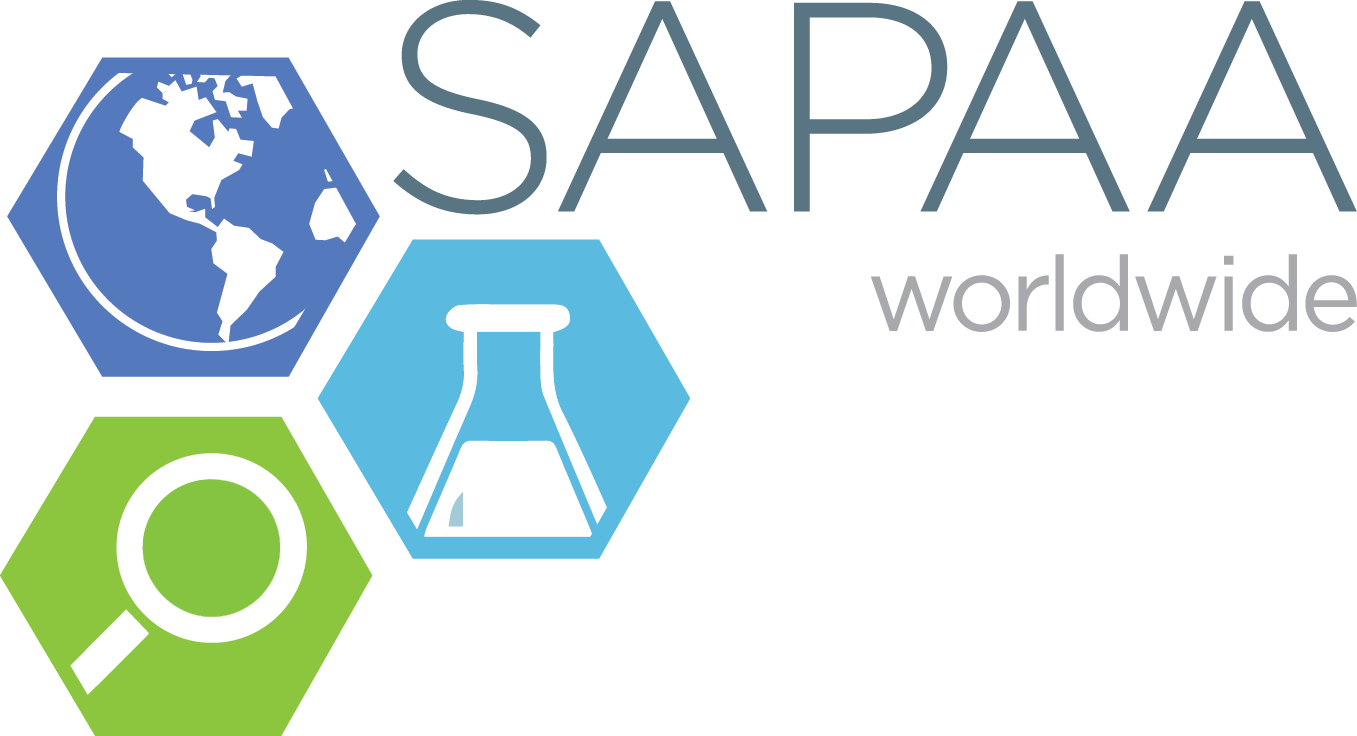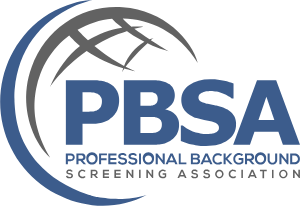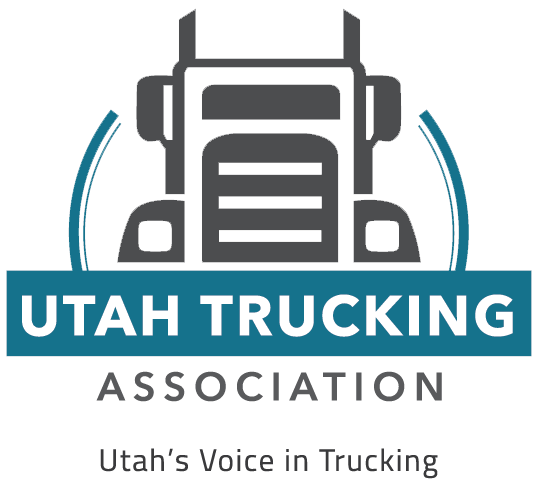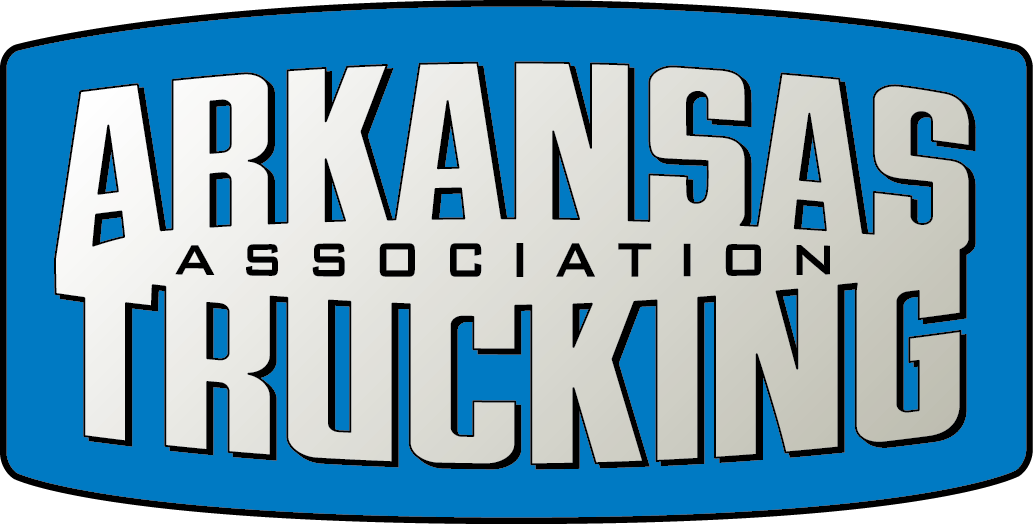US Drug Test Centers Research Articles
Why Every Company Should Be Drug Screening - The Benefits of Having a Drug-Free Workplace
With legal marijuana use laws continuing to make traction throughout the U.S., and the perception of a dwindling job applicant pool, some employers are asking if they should continue to conduct screening for marijuana. Some employers are also challenging the entire idea of performing drug testing in their workplaces. Is there still benefit to having a drug-free workplace program?
In short, the answer is, "YES!" Why? Because the risks of not testing are real. There is no mystery why this is so. Look at the latest statistics:
- Quest Diagnostics reports that the drug positivity rate is at its highest in a decade.[1]
- According to the Centers for Disease Control and Prevention, more than 72,000 people died in the US in 2017, 67.8% of those from opioids.[2]
- The Bureau of Labor Statistics reported that overdose deaths at work increased by 25%.[3]
- Nearly 7 in 10 Americans used drugs while they were working.[4]
- The National Safety Council reports that the opioid crisis impacts 70% of US employers:[5]
* 76% are not offering training on how to identify signs of misuse.
* 81% lack a comprehensive drug-free workplace policy.
* 41% of those who drug test all employees are not testing for synthetic opioids.
Since the 1980s when drug testing first became widely used in our nation’s workplaces, the value of drug testing has been hotly debated. Indeed, no reasonable thinking person would condone illegal drug use in the workplace. Likewise, no one could deny that illicit drug use occurs at work or that off-duty use of illegal drugs has an impact at work.
Over the years, there have been different points of views about the need for workplace-related drug testing. Some have argued that drug testing is an invasion of privacy.[6] Others have questioned the accuracy of the test methods used, whether it's worth the cost.[7] Others have challenged the use of drug testing on moral grounds.[8]
Today, the legal use of marijuana for either medical or adult use has employers asking once again if drug testing should be continued. Nearly all states in the U.S. permit some form of legalized use of marijuana.[9] With more access to "drugs of abuse," it would seem like a no-brainer to conduct testing, but with the complications in establishing and maintaining a drug-free workplace, how do you measure the value of a drug and alcohol testing program in your workplace?
The answer will vary for each workplace.
Background
Drug testing in the U.S. workplace is now about a generation old.[10] Workplace began in earnest during the 1970s and 1980s in response to what was then referred to as an "epidemic" of illegal drug use.[11] One of the earliest reported drug test positive rates in the country was 13.6% of the combined United States workforce. Because of broad-based implementation of drug testing throughout the 1990s, the annual positivity rate dropped to 3.5% (combined U.S. workforce) in 2012.[12]
Unfortunately, the combined workforce positive rate is now at a 30-year high of 4.2%.[13]
Drug use by employees’ costs employer’s money
As of April 2017, the estimated cost to the United States workplace in lost productivity, crime, and health care due to substance abuse were $740 billion annually.[14]
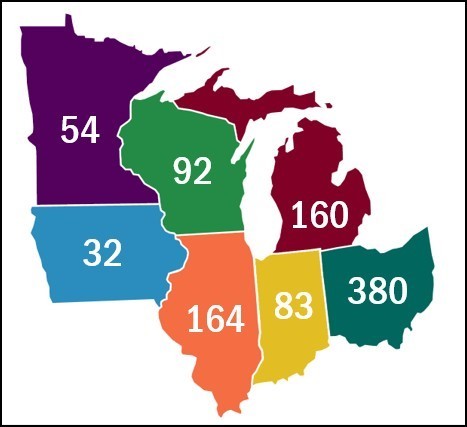 The opioid epidemic has hit the nation hard. The workplace had not escaped this epidemic. One recent study focused just on Midwest construction companies. It found that nearly 1,000 construction workers across the Midwest died from an opioid overdose in 2015. From the insert to the right, you can see the state-by-state breakdown, resulting in costs to the Midwest construction industry totaling an estimated $5.2 billion in 2015.
The opioid epidemic has hit the nation hard. The workplace had not escaped this epidemic. One recent study focused just on Midwest construction companies. It found that nearly 1,000 construction workers across the Midwest died from an opioid overdose in 2015. From the insert to the right, you can see the state-by-state breakdown, resulting in costs to the Midwest construction industry totaling an estimated $5.2 billion in 2015.
By state, the numbers are as follows:
Illinois: $867 million; Michigan: $858 million; Indiana: $450 million; Minnesota: $292 million; Iowa: $168 million; Ohio: $2 billion and Wisconsin: $524 million.[15]
The Value of Testing[16]
For as long as there has been drug testing in the United States workplace, there have been those asking if it's worth it. Without getting too philosophical, each employer needs to decide what "it" is. What does the company expect from a drug and alcohol testing program? Some goals to consider are:
- Do you intend to improve the health of your employee?
- Do you hope to improve and maintain the safety of your workplace?
- Do you want/need to reduce your worker's compensation liability?
- Do you wish to avoid potential liability?
These are all legitimate and valuable goals of any employee drug testing program. When done correctly, the privacy concerns of employees, the accuracy of the test methods used, and the return on your investment can be recognized.
How Do We Know if Our Program is Meeting Our Goals?
To achieve your company's drug prevention goals, you must have a complete, compliant, and balanced program. Robert Dupont, MD, one of the first Directors of the National Institute on Drug Abuse, wrote, "For drug testing to fulfill its promise as a vital part of the effort to end the drug abuse epidemic, it is essential that the tests be reliable so that people who are not using drugs are not falsely accused and that legitimate medical use of controlled substances not expose employees to harassment or labeling as drug abusers."[17]
Dr. DuPont said it was necessary to instill confidence in any drug and alcohol testing program. To do so, a testing program should have the following:
(1) a clear and comprehensive policy;
(2) secure collection;
(3) chain-of-custody procedures;
(4) retained positive samples;
(5) an initial screening test;
(6) a sophisticated confirmatory test;
(7) a medical review officer;
(8) a retest of retained positive samples in disputed cases; and
(9) a system of quality control.
The foundation of any employee drug testing program is a combination of the company's policy and its implementation procedures. The policy must consider the who, what, where, when, and how of testing along with the consequences of any violation of the policy. Carefully consider,
Who will be tested? Will you test all employees? Do you have employees whose functions are regulated by a federal or state agency? Are there state laws that specify who you may test? Are any of your employees represented by a collective bargaining agent (Union)?
What substances will you test? Will you conduct the industry standard 5-panel or a 10-panel, or others? Do state laws impact what substances you can screen? Should you drop marijuana from the panel of drugs? Nearly five years after the use of marijuana became legal in Colorado a survey conducted by Mountain States Employers Council found that almost 70 percent of the 609 employers responding performed drug testing and nearly all tested for marijuana.[18] It was found that:
- 3% removed marijuana from their list of drugs tested;
- 4% relaxed their policies (consequences) as it related to marijuana
- 7% made their policies stricter.
Where will testing be conducted? Will you use a certified laboratory, conduct testing on-site, or both? Are there rules in the state that you operate in that mandate how testing is conducted?
When will testing be required? Perhaps the most important consideration is when you will require employees to submit to a test. Will you test all those applying for a job? Will you include reasonable suspicion, post-accident or random testing? Are there state laws that prohibit you from screening in specific situations? Each of these test events has significant issues that should be carefully considered before finalizing your decisions.
How will testing be conducted? This issue involves a consideration of the most appropriate test method for your company. Will you test using urine, blood, oral fluid (saliva), or hair? Which test method is permitted in your state? Can you use an on-site or instant test screening device?
Consequences: What discipline will you impose if someone violates your company's policy? Will you offer an opportunity for treatment? Are there any state limitations on the actions you wish to impose?
This may all seem like it's too much to deal with and not worth the effort. But consider the realities of the statistics we have already discussed, can you risk being the workplace in your area that potential employees know does not drug test?
Also consider that the apparent complexities of establishing and maintaining your company's drug testing program, related procedures, and employee handbooks is your blueprint for protection! If you build a compliant testing program, your goals can be achieved.
Lastly, employers can and should take advantage of the financial rewards recognized by defending unemployment claims and by being able to raise appropriate defenses to workers' compensation claims and reducing your workers' compensation premiums in many states that offer such benefit. There are 19 states today that have enacted affirmative defenses (rebuttable presumption of Intoxication as one example) to a workers' compensation claim – using a drug test result to deny a claim (so long as you followed all the rules). Many employers have seen significant value and reap the rewards of a compliant workplace screening program by being prepared to defend these claims properly.
Conclusion
Perhaps the most impactful reason to establish a workplace screening program is the obligation for employers to foster a safe and productive workplace. The principal concept of safety is accepted across the nation in general, but also federal recognized by the Occupational Safety and Health Administration's (OSHA) "General Duty Clause"[19] which reads in part:
29 U.S. Code § 654 - Duties of employers and employees
(a)Each employer—
(1) shall furnish to each of his employee's employment and a place of employment which are free from recognized hazards that are causing or are likely to cause death or serious physical harm to his employees;
(2) shall comply with occupational safety and health standards promulgated under this chapter.
(b) Each employee shall comply with occupational safety and health standards and all rules, regulations, and orders issued pursuant to this chapter which are applicable to his own actions and conduct.
Employers must carefully consider the pros and cons of establishing a drug and alcohol testing program that is specific to their workplace. Most employers would agree that the pros far outweigh the cons. Ensuring a safe workplace must be considered as a top priority for any organization, and substance abuse screening is a crucial component. Contact us today to get started!

[1]
https://www.questdiagnostics.com/home/physicians/health-trends/drug-testing.html.
[2]
MMWR / December 21, 2018 / Vol. 67. Although overdose deaths from opioids continued to increase prescription rates of opioids was down slightly. See https://www.questdiagnostics.com/home/physicians/health-trends/drug-testing.html.
[3]
https://www.bls.gov/news.release/cfoi.nr0.htm.
[4]
https://www.detox.com/explore/drugged-out-daily-grind/. Of the 1,121 individuals surveyed opioids were the most commonly used drug at work; most respondents said they used drugs on the way to work or at lunch breaks. The car in the parking lot or the bathroom were the most common places to use drugs.
[5]
https://www.nsc.org/Portals/0/Documents/NewsDocuments/2017/Media-Briefing-National-Employer-Drug-Survey-Results.pdf.
[6]
See general discussion by H. Westley Clark, MD, JD, MPH, West J Med 1990 May; 152:514-524).
[7]
The annual cost of employee drug testing has been estimated to be in excess of $3 billion. See https://www.detox.com/explore/drugged-out-daily-grind/
[8]
Greenwood M.R., Holland P. and Choong K. (2006) Re-evaluating drug testing: Questions of moral and symbolic control. In John Deckop, Robert Giacalone and Carole L. Jurkiewicz (eds) Human Resource Management Ethics Information Age Publishing: Greenwich, CT pages 161-180. https://www.researchgate.net/publication/277004677_Revaluating_Drug_Testing_Questions_of_Moral_and_Symbolic_Control
[9] See APPENDIX A
[10]
According to the DNA Encyclopedia, Overall, the average of all reports shows that there are actually about three generations per century with the male generation being longer than the female generation. The male generation is about 33 years per generation. The female generation is approximately 29 years per generation. https://whatisdna.net/wiki/how-long-is-a-generation/
[11]
https://pdfs.semanticscholar.org/66a9/c8e371c6cb5bbee7966ac55c26acb79a036a.pdf.
[12]
In 1988 when drug testing was in its infancy the Quest Drug Test Index reported a positivity rate of 13.6% (combined workforce).
[13]
https://www.questdiagnostics.com/home/physicians/health-trends/drug-testing.html.
[14]
https://www.drugabuse.gov/related-topics/trends-statistics.
[15]
The Midwest Policy Institute: https://midwestepi.files.wordpress.com/2018/02/opioids-and-construction-final2.pdf
[16]
This discussion excludes from consideration those testing those testing programs required by federal rules or other laws.
[17]
https://www.ncbi.nlm.nih.gov/pubmed/2096190 2/2
[18]
https://www.greeleytribune.com/news/pot-or-not-study-finds-nearly-70-percent-of-businesses-in-northern-colorado-still-drug-test-for-marijuana/
[19]
Pub. L. 91–596, §â€¯5, Dec. 29, 1970, 84 Stat. 1593


